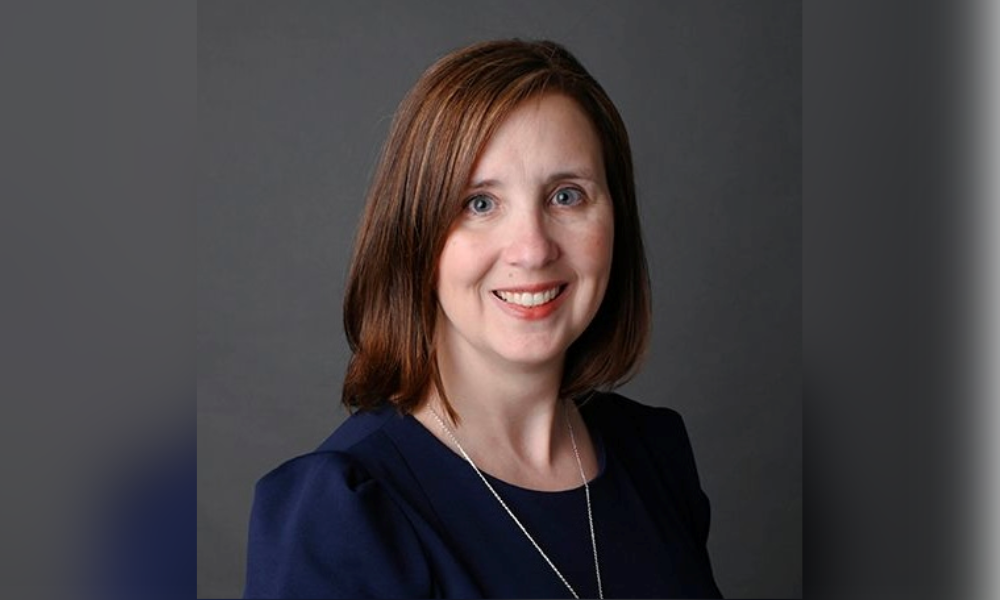Industry body’s departing leader gives an exit interview on learning from mistakes and what he wishes HR professionals knew
.jpg)
Bill Greenhalgh never expected to find himself working in the HR industry – nor did he plan to stay long.
Nearly 12 years after taking up the CEO role at the Human Resources Professionals Association (HRPA), Greenhalgh has just signed off, with plans to travel and perhaps pick up interim executive roles – and to write a blog.
“The time is right for me to leave,” he told HRD.
When he joined HRPA in 2006, Greenhalgh expected to only be there three or four years, but new projects and challenges kept him there far longer.
“Now, things are very stable, our balance sheet is strong, we’ve got very good engagement from the staff, the chapters, we’ve got an incredible range of professional development events going on, the annual conference is in excellent shape, so all those things are very stable and functioning well, and we’ve got a very good team of people.
“And so I thought, well, it’s time to move on.”
A former engineer turned business leader and executive – including six years as president of The Globe and Mail – Greenhalgh spoke to HRD about what he wishes HR professionals knew, and how they can position themselves as leaders.
One of the biggest challenges in his time at HRPA was changing the perception that “anybody can do HR” – a perspective that’s held, he says, by many in the industry.
“Nobody would pick you out of a [legal] organization and send you into court to represent them in a litigation case, or pick someone out of a hospital and say ‘I’d like you to operate on my brain’,” Greenhalgh says.
“There’s a perception within the HR profession that it’s different from the other major professions – whereas the other professions, no one [else] can do them. You need pretty specialist training to be able to perform as a professional in medicine or law or engineering or accounting.
“In HR, people often feel that they can just come in and do it. It’s very, very complex, it’s very difficult, you’re dealing with people, it’s very challenging.”
Understanding how to manage people was perhaps the greatest learning curve of his time in the C-suite, and Greenhalgh adds that the best way to do it is by watching others and learning from mistakes – both theirs and your own.
“A lot of leaders forget that there’s a very clear distinction between them as people and them as leaders, and they sometimes think that they’re the same thing – that they can do things or get people to call them back, and it’s often not their individual charm or skill or capability that allows them to do things. It’s often the fact that they have a certain position in an organization.”
Being a leader can be a “fairly lonely place”, and Greenhalgh adds that there’s no master guide to teach one how to do their job.
“They don’t have to be incredibly charismatic people, but they have to be people that others will respect. They have to have a clear idea of where they’re going, they have a good way of communicating it, they trust people, they allow people to fail,” he says.
“You’ve got to kind of go with the flow a bit, and you’ve got to be fairly tenacious about the whole thing. There aren’t simple answers and figuring out what the right answer is and making sure that people buy into it is very, very difficult.”
As for building a successful organization, Greenhalgh says a lot of it comes down to an HR specialty: having the right people in place.
“Make sure you get people that have got a real passion, they see the organization as somewhere they want to be – almost like a calling for them – as opposed to someone to just come in for eight hours a day.”
Related stories:
Want the latest HR news direct to your inbox? Sign up for HRD Canada's daily newsletter.






